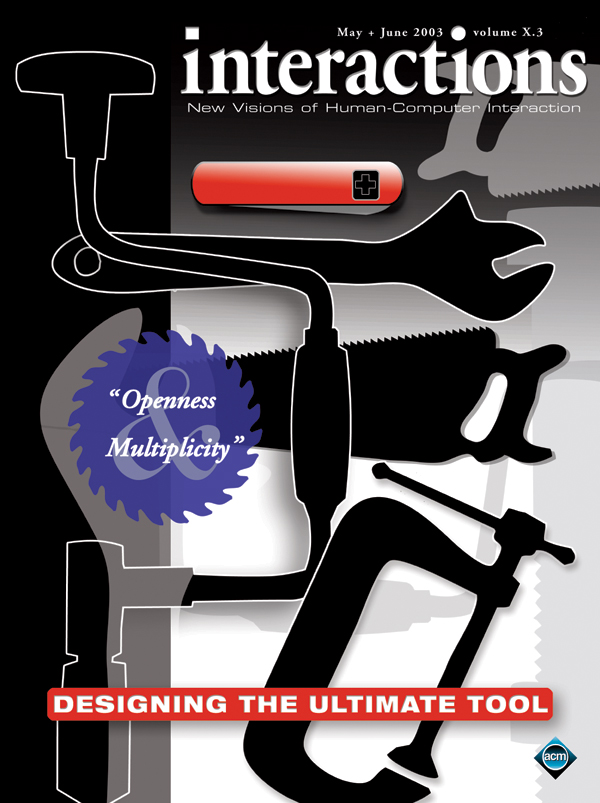Authors:
Aaron Marcus
Icons and symbols have been part of the user's experience of computing for decades, and many people tend to take them for granted as part of graphical user interfaces. But they weren't always there. The Apple Macintosh popularized "icons" as the slightly misnamed term for these visual signs, and by the mid-1980s they became part of graphical user interface paradigms and associated with the desktop metaphor. Windowing environments like the Macintosh, Windows, Open Look, Motif, NeXT, and other desktop and workstation platforms all adopted variations of the trash icon, folder icons, document icons, and specific application icons. Today, most…
You must be a member of SIGCHI, a subscriber to ACM's Digital Library, or an interactions subscriber to read the full text of this article.
GET ACCESS
Join ACM SIGCHIIn addition to all of the professional benefits of being a SIGCHI member, members get full access to interactions online content and receive the print version of the magazine bimonthly.
Subscribe to the ACM Digital Library
Get access to all interactions content online and the entire archive of ACM publications dating back to 1954. (Please check with your institution to see if it already has a subscription.)
Subscribe to interactions
Get full access to interactions online content and receive the print version of the magazine bimonthly.







Post Comment
No Comments Found